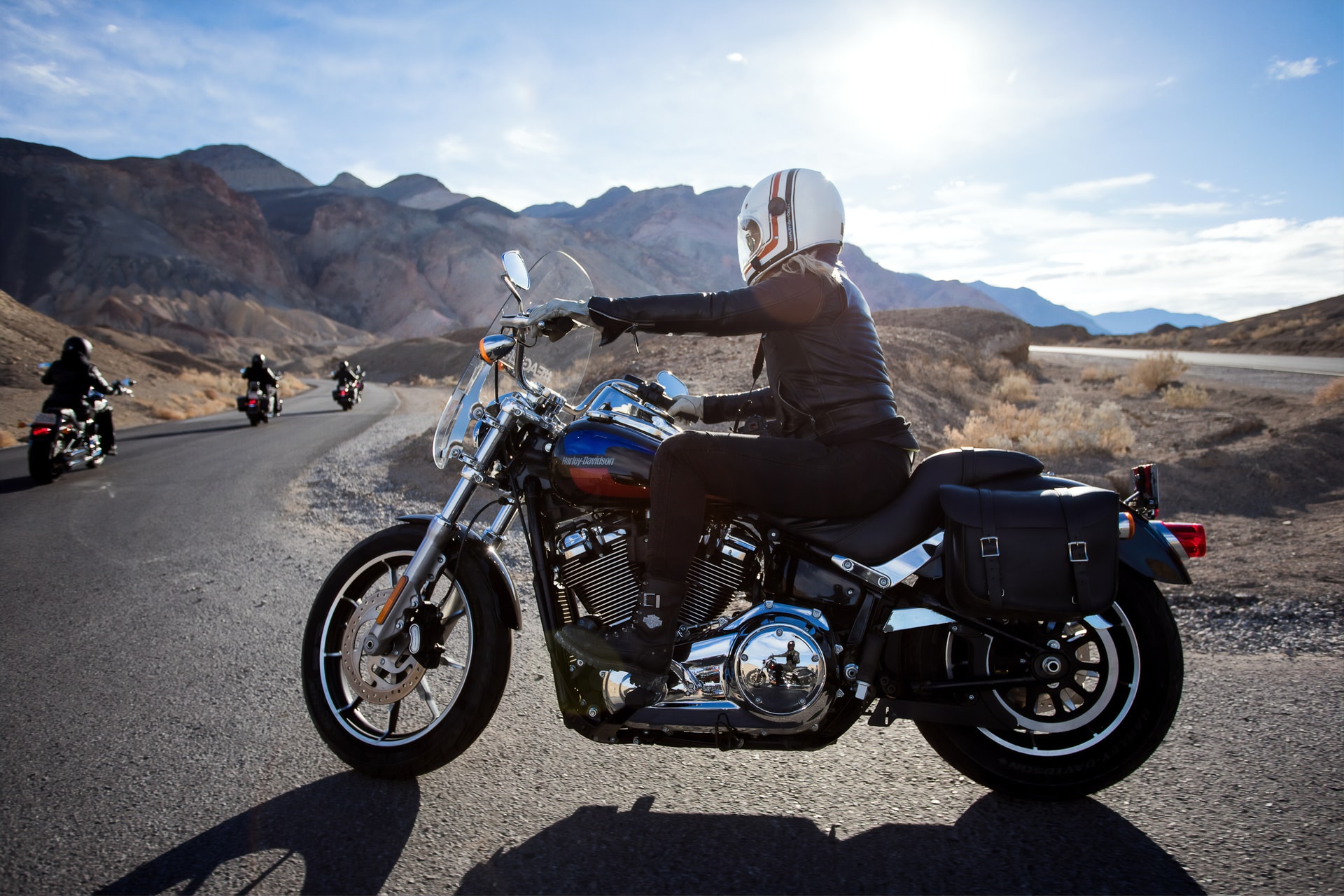Guy Stuff
Motorcycle Safety Tips Every Rider Should Know
Motorcycling is an exhilarating experience, although it can also be very dangerous. Riding a motorcycle exposes you to many risks, with statistics revealing an increase of 11% in motorcycle-related deaths and a 27% rise in mortality rates. It would help if you took all necessary precautions when riding to reduce your risk of getting into an accident. Read on for some helpful advice on how you can ride more safely.
1. Wear the right safety gear
Protection is key when it comes to bike rides and wearing the right gear can make a huge difference in the event of an accident. Wear a helmet that fits properly, and ensure it’s certified and has a good safety rating. Also, wear clothing that will protect you in a crash. Jeans and leather jackets are good options. Wear gloves to protect your hands in case of a fall, and use shatterproof sunglasses to protect your eyes from debris.
2. Hire a DUI accident lawyer
Hiring a DUI accident lawyer is always a smart idea if you find yourself in an unfortunate motorcycle accident. A DUI accident lawyer will have the knowledge and experience to fight for your rights in court, get the compensation you and your family deserve, and advise you on any legal actions that need to be taken to protect yourself. They will also be able to provide you with valuable advice on how best to proceed moving forward so that your rights are fully protected.
3. Avoid riding in dangerous weather conditions
As a motorcyclist, you may often be the first to be on the roads during bad weather because they are more maneuverable than cars and can handle slick surfaces better. But this also puts you at risk. Most motorcycle accidents happen during bad weather. So if you can’t avoid riding during dangerous weather conditions, ensure you take extra precautions. For instance, cut back on beer, wear appropriate clothing, make sure your bike is in good condition, and be especially careful when braking, turning, or driving in wet conditions.
4. Inspect your bike before each ride
Before every ride, it’s important to inspect your bike and make sure it’s in safe working order. Check tires to ensure they’re properly inflated and have enough tread. Make sure all the lights are working, including the turn signals. Check that the steering is smooth and that the handlebars are tightly attached. Test the brakes by applying them at different speeds. Lubricate the chains if necessary.
5. Understand your responsibilities
Millions of people use the roads every day. When you get behind the wheel of a car, truck or bus, or you climb aboard a motorcycle, you have a responsibility to protect other road users, as well as yourself. Always remember that your actions will have consequences for others. Pay attention to the speed limit, drive carefully and respect other motorists, cyclists and pedestrians. Drive to the conditions, prioritize safety and stay well back from vehicles in front. Avoid tailgating and weaving in and out of traffic. Keep your eyes on the road and slow down if the surface is wet or icy, or visibility is poor. Studies show that over 90% of road accidents are caused by driver errors.
6. Monitor your speed and stick to posted limits
Even if you’re an experienced rider, sudden gusts of wind or wet conditions could make your bike harder to handle than usual. Hence it’s important to keep an eye on your speedometer and always stick to posted limits. This step is especially true in areas with lots of curves or picturesque views—it can be easy to forget how fast you’re going!
7. Understand the rules of the road
You need to understand the rules of the road to be safe. These include knowing the speed limits, basic traffic laws, and any specific laws in your state or local area that might apply to you. You should also be aware of when it’s appropriate to pass other vehicles, when to use turn signals and how to safely merge with other drivers. Use your headlights always and install LED headlight bulbs or bright colors on your helmet or jacket to make yourself more visible.
8. Practice defensive driving techniques
It’s not enough to wear a helmet and keep your bike in good condition. You also need to know how to drive defensively and look out for other riders who may not be as experienced. Practicing defensive driving means being aware of your surroundings and anticipating potential hazards that could cause an accident. It means staying alert, avoiding distractions, and never taking riskier moves like lane splitting or running stop signs.
9. Have an emergency kit ready
Having an emergency kit with you can be a lifesaver in accidents. Make sure to include items like a spare tire, tire tools, flat tire sealant, gasoline reservoir, and other resources that could be useful if you become stranded on the side of a road. In addition to this, having safety equipment is also important – like a flashlight and reflective warning triangle. These can help alert other drivers, so they don’t accidentally run into you or your motorcycle.
The best way to avoid a motorcycle accident is to be a defensive rider and be aware of your surroundings. If you are involved in an accident, the best action is to get medical help and consult an experienced motorcycle accident lawyer.

















Recent Comments